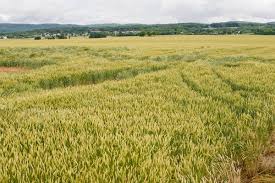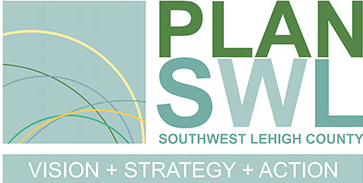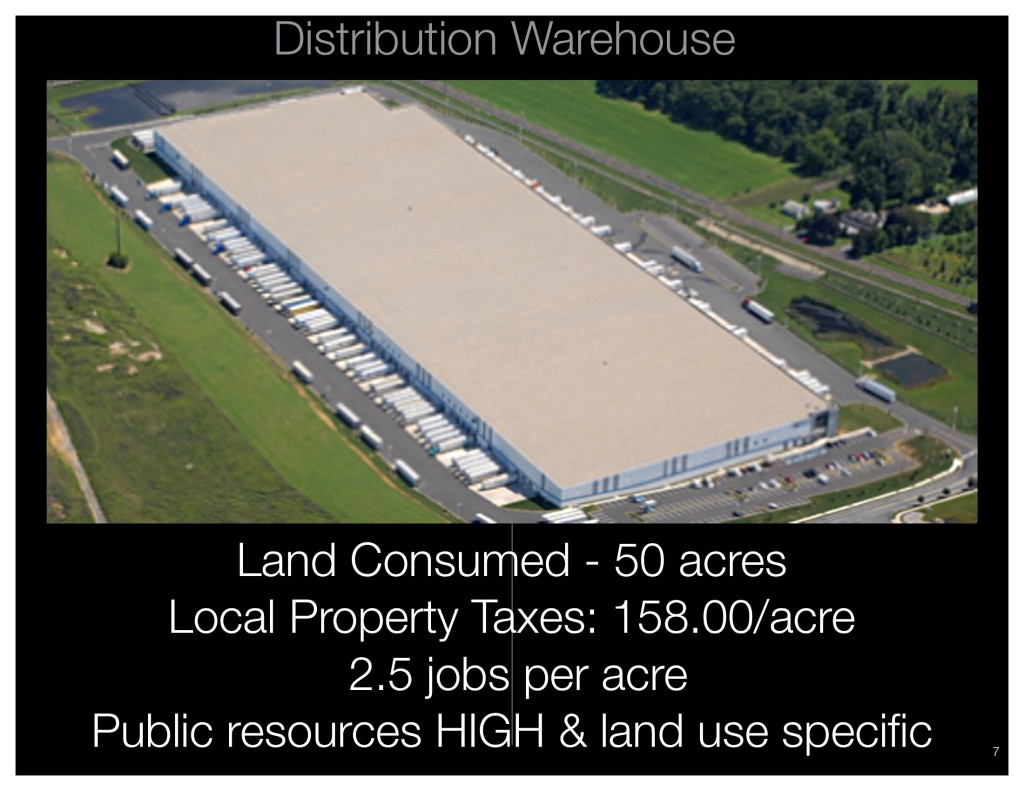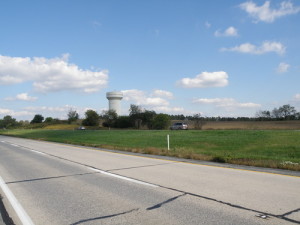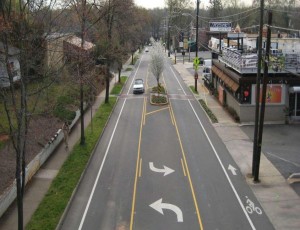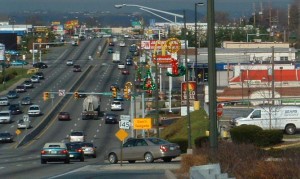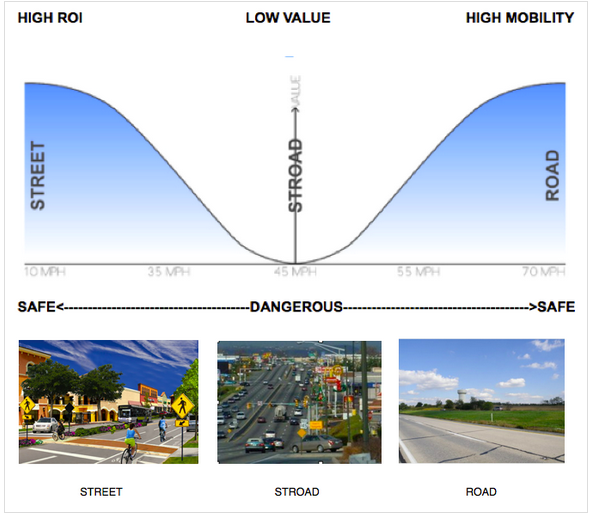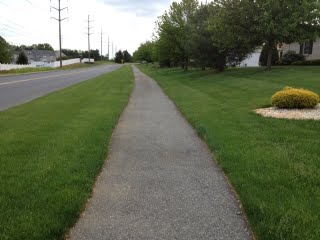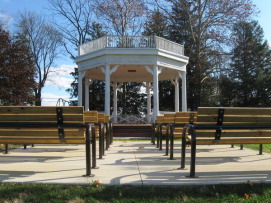FYI – In these previews I may indicate thoughts on an issue, but it in no way means my mind is set. During a critical hearing for the Jaindl issue, a Commissioner spoke before public comment outlining he was voting to move forward the project regardless of what people said during public comment. That was wrong. Public debate was circumvented when the Commissioner indicated his mind was made up.
My hope is by blogging I open the door for conversations. One of my biggest issues with the Jaindl debacle was folks didn’t truly understand what was happening until it was “too late”. I plan on doing everything I can to make sure residents have background information on issues. This is one mechanism to do that. I hope people find it useful. Please contact me at ronbeitler@gmail.com if you have any questions or concerns about any issues.
Hearings: NONE
Communication/Letters The agenda has 4 letters concerning Quarry Park. All expressing opposition or concern for various reasons. I have a feeling er are going to keep getting them.
One is from former Commissioner Roger Reis who I didn’t always agree with but I do on this issue. Former Commissioner Reis writes:
Bruce,
I know it’s late in the game but I would appreciate you informing the BOC that I am against spending over three million dollars for artificial turf. A property tax was enacted last year, which I did not support, because it seems there wherever more money becomes available, politicians immediately want to spend it. Three million dollars is almost 20% od the annual LMT budget. It is not a good investment.
Roger C. Reis
More letters again express the common theme that most residents aren’t against spending money on improving our parks. They are against spending money on synthetic turf. This is what I am hearing from most residents.
Here is a collection of research and answers to FAQ’s I’ve collected on a blog post.
Appointments to Boards & Commissions Lots of appointments on the agenda tonight. 1. Appoint Alan Fornwalt of Keystone Engineering as Township Engineer for 1 year.
I support this. Alan has big shoes to fill replacing Bill Erdman who was with the township for nearly 4 decades. While I do support further exploration of an *in-house township engineer and will continue to do so as long as we have Keystone I am very happy our man is Alan Fornwalt moving forward.
Overview of in house vs. outsourced engineer issue:
*Lower Macungie puts plan for in-house engineer on hold
We will also be appointing volunteers to the Building Code Appeal Board and the Public Safety Commission.(PSC) For the PSC I support re-appointing the incumbents and will recommend this as the committee chair.
For the Planning Commission in addition to supporting re-appointment for Ann Bartholomew I will be making a motion to also appoint an Ad-Hoc member from our list of applicants. Here is a memo I wrote to fellow Commissioners last night outlining my justification:
Commissioners,
I wanted to formally voice my support for Ann Bartholomew to be re-appointed to the Planning Commission. I will bring a copy of this memo tonight.
Ann has for a long time been a very strong member and consistently brings up unique historical context to discussions. But her contributions are not limited to this alone. Jim’s original recommendation was a different direction but he has since decided to recommend Ann. I agree.
In addition to Ann I will also be recommending an Ad-Hoc member and suggesting Hillary Smith to full the role. Hillary has interviewed twice now for the position. She has a technical engineering background and brings a perspective missing on the board as the mother of school age children in the EPSD. Hillary is also in her mid 30’s. Current projects in township are and will continue to target “young professionals”. (East Texas mixed use, Grandview etc)
Currently that is a perspective missing on a board that has an increasingly high average age. Reality is often we have a senior dominated planning commission reviewing communities geared towards young professionals. This of course is a strength as we continue to review and look at policies relating to our current and future over 55 developments, but a weakness in terms of perspective relating to “young professionals”. This being a demographic we are actively seeking to attract and are competing with other municipalities who seek the same.
Based on a conversation with Chairman Keister I also worry about the possibility of losing multiple senior and experienced members of the Commission within a short time period. Since the Planning Commission is such a detail oriented and technical board I think this could hurt the dynamic.
While it is true that our staff members very capably guide the planners in terms of carefully considering the technical aspects of land developments and long term planning questions it’s my opinion that nothing compares to “time at the table”. Especially on such a technical board that tackles long term planning projects.
After conferring with Irv and others it is for these reasons and the fact that I also dislike turning away well qualified volunteers who have applied more than once that I believe a non-voting ad-hoc seat is very appropriate. This would be very similar to the Zoning Hearing Board and the Public Safety Commission. Both of which have alternates or Ad-Hoc members who sit at the table.
Facing the potential of losing multiple veteran members at once we have to ensure we foster a deep bench.
While of course this wouldn’t guarantee that the Ad-hoc member would be “in line” to be elevated to the board should a vacancy present itself it would be logical choice to consider.
Ron Beitler
We will also be appointing members to the building code board of appeals, the EAC and the Zoning Hearing Board.
Budget Analysis:
Of interest in the year 2013 we collected:
660,000 in real estate transfer taxes (82.5% of forecasted)
4,951,713 in Earned Income Tax (99.0% of forecasted)
415,483 in Local Services Tax (118% of forecasted)
Totaling just over 6 million dollars. It looks like the deficiency in real estate Transfers was made up in LST. This translates to more workers in the township than anticipated and less real estate sales. But it looks like they were a wash.
Dept. Matters
Engineering
Planning
Manager
Year end report:
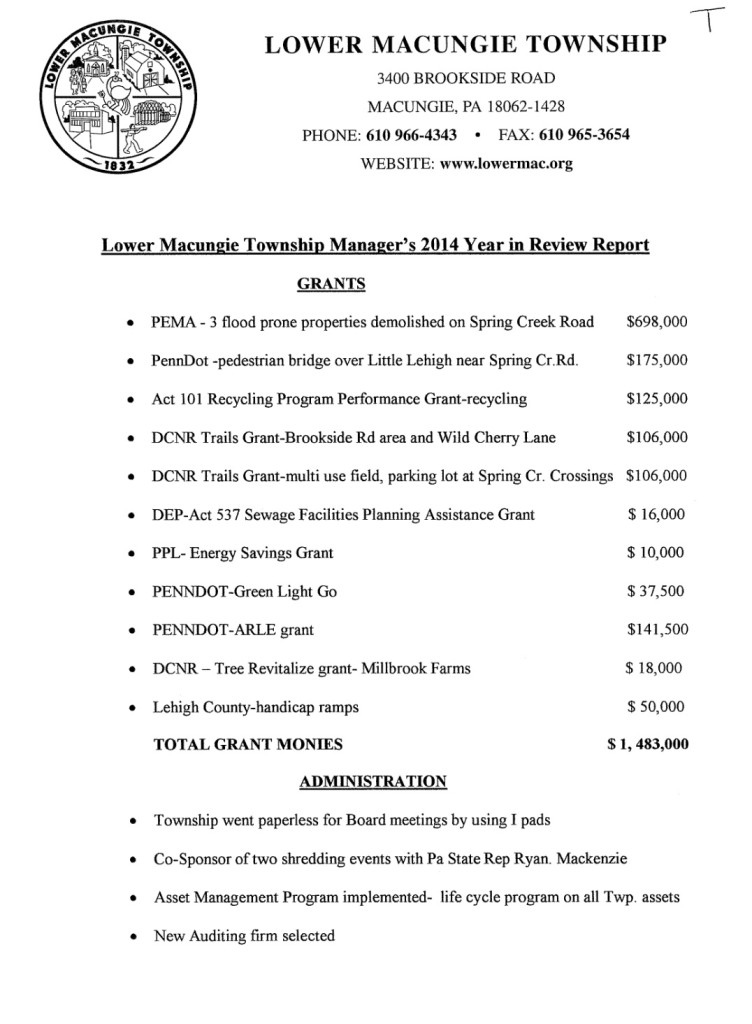
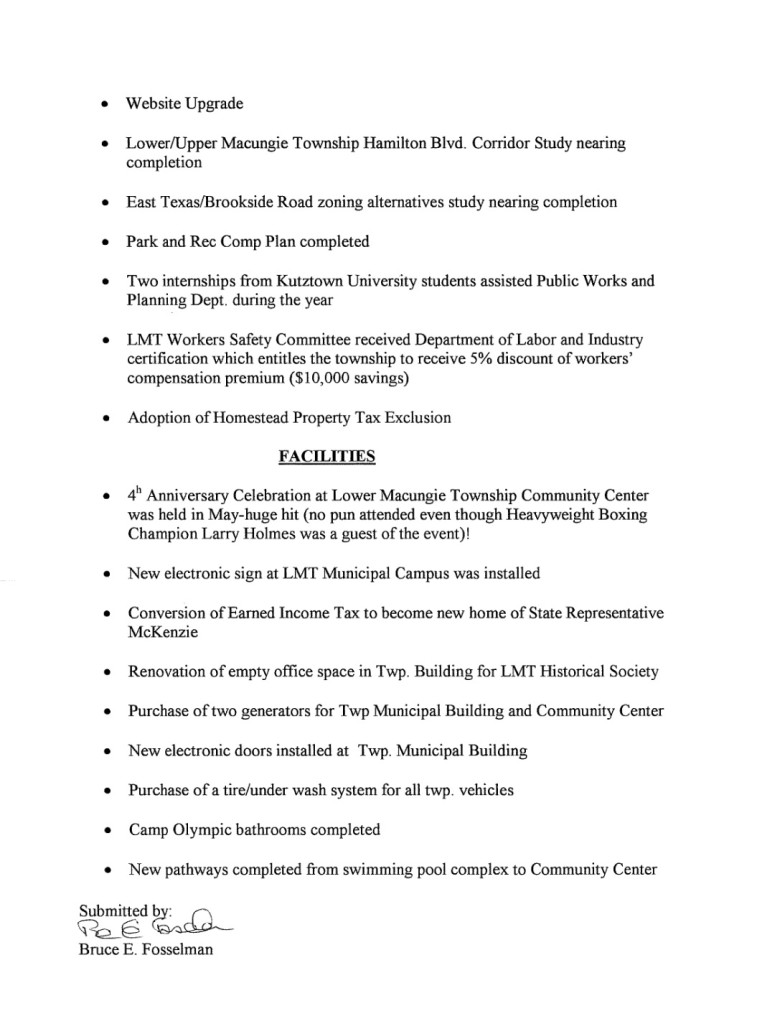
Solicitor
Cable Franchise Agreement
Committees
Public Safety
Budget & Finance (Conrad/Lancsek)
EAC recommendation for EIT referendum to fund open space: The first of two proposed funding mechanisms for open space preservation remains on the Budget and Finance agenda. I am unsure where this stands. It’s been in committee for a long time. The EAC has answered all proposed questions including drafting a lengthy white paper on the issue. Considering a referendum was one recommendation of the parks and recreation comprehensive plan.
Planning & Zoning (Lancsek/Beitler)
EAC recommendation for open space funding: This committee still has the EAC recommendation for Real Estate Transfer taxes associated with the Jaindl rezoning to be earmarked for Open Space preservation. I 100% support this and look forward to a vote by the full board on this. This is another open space preservation funding mechanism that has been brought forth.
I outline my support of this initiative here: Open Space funding proposal use Jaindl real estate transfer money
Public Safety (Beitler/Brown)
General Administration (Higgins/Brown)
Review of LMYA land use agreement. I suggest anyone with interest in this take review the attached draft and responses from LMYA regarding the current draft of the agreement. You can find it here in the agenda detail.
Public Works (Brown/Higgins)
Authorize study for Brookside Rd. signalization project. I have alot of thoughts on this. And I am hoping to be able to do a second blog post just on it. Basically we are choosing between moving forward a traffic signal on Indian Creek and Brookside (relatively inexpensive and already warranted and on Act 209 plan) or making improvements to the existing signal at East Texas & Brookside. (Very high price tag) If this recommendation is putting a “train on the tracks” so to speak or making this a decision to move forward one or the other I do not support it. If it just to gather more information before making a decision at a later point then I am in favor. I would like to see numbers and more information/suggestions from our engineer but at this time I favor moving forward Indian Creek signal before East Texas and Brookside. But am interested to hear rationalization for emphasis on Brookside and East Texas. They both need to be addressed but as a matter of priority I place emphasis on Indian Creek at this time since it’s closer to “shovel ready” and can be funded from additional sources. (Development)
Authorize KCE to perform survey/plan for Hamilton Boulevard bike paths: I support this. Study will allow us to “piggy back” off a future penndot resurfacing project therefore saving substantial amounts of money. The bike lanes are a recommendation of the Hamilton Boulevard corridor study. It’s one of many but represents an incremental step forward to carrying out the general theme of making our commercial corridor less like Macarther Rd. and more like a traditional Main St.
Recommendation for a Dog Park location – Basically the Parks and Recreation board has identified it’s preference for the townships first dog park. A dog park has been eluded to but is not on the official 2015 budget. I agree with the Parks board recommendation that the priority should be Camp Olympic as the location of the townships first dog park. They indicate they feel Camp Olympic should be the location of a second someday. I also agree with that.


